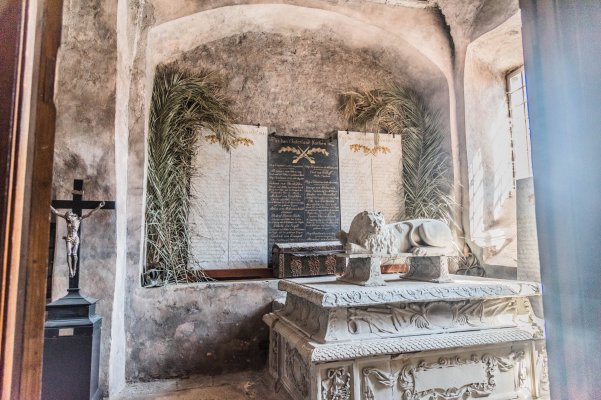
In the Toomkirik, Tallinn’s Lutheran Cathedral, this memorial to those who “für das Vaterland starben [died for the Fatherland], 1812-14”.
In the wars against Napoleon, the ‘Vaterland’ the German-speaking Protestant élite of Estonia died for was the Empire of the Tsars.
200 years ago, nationalism and the nation-state were concepts only beginning to emerge. Due loyalty was assumed to be to one’s sovereign, not one’s ethnic kinsman.
This was starting to change, not least in the aftermath of the explicitly republican revolutions in France and North America; yet even a ballad written around the same time to commemorate a failed rebellion at the continent’s other end, in Ireland, has the doomed hero singing ‘I bear no hate against living thing / But I love my country above my King.’ Not ‘the King’ as Irish singers in the thoroughgoingly republican 20th Century rewrote it. To love country above sovereign is still a radical idea in the early 19th Century, requiring an explicit statement and apologia.
How difficult it is for us to process that much of the mental furniture we assume is natural is very recent and perhaps transient; yet an important insight to hold on to in an era when a paradigm shift seems imminent, when the centre is struggling to hold and the worst are full of passionate intensity.





